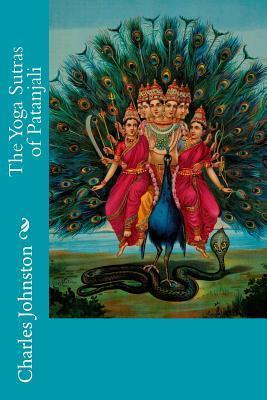The Yoga Sutras of Patanjali was the most translated ancient Indian text in the medieval era, having been translated into about forty Indian languages and two non-Indian languages: Old Javanese and Arabic. The Hindu text fell into obscurity for nearly 700 years from the 12th to 19th century, and made a comeback in late 19th century due to the efforts of Swami Vivekananda. It gained prominence again as a comeback classic in the 20th century. The Yoga Sutras of Patanjali are 196 Indian sutras (aphorisms). The Yoga Sutras were compiled prior to 400 CE by Sage Patanjali, taking materials about yoga from older traditions.The Yoga Sutras of Patanjali was the most translated ancient Indian text in the medieval era, having been translated into about forty Indian languages and two non-Indian languages: Old Javanese and Arabic. David Gordon White points to a period of when the text fell into relative obscurity for nearly 700 years from the 12th to 19th century, and made a comeback in late 19th century due to the efforts of Swami Vivekananda, the Theosophical Society and others. It gained prominence again as a comeback classic in the 20th century. Before the 20th century, history indicates the Indian yoga scene was dominated by the Bhagavad Gita, Yoga Vasistha, texts attributed to Yajnavalkya and Hiranyagarbha, as well as literature on hatha yoga, tantric yoga and pashupata yoga rather than the Yoga Sutras of Patanjali. In the 20th century the western practitioners of yoga elevated the Yoga Sutras to a status it never knew previously. Hindu orthodox tradition holds the Yoga Sutras of Patanjali to be the foundational text of classical Yoga philosophy. However, the appropriation - and misappropriation - of the Yoga Sutras and its influence on later systematizations of yoga has been questioned by scholars such as David Gordon White.










